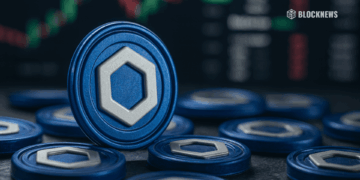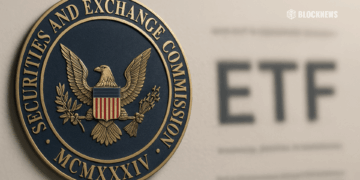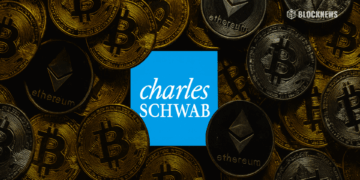- XRP and XLM are complementary, not rivals, with XRP driving institutional liquidity and XLM focusing on peer-to-peer transactions and underbanked communities.
- Ripple’s partnerships with SHX and VELO, plus the launch of USD-backed stablecoin RLUSD, show alignment with Stellar’s mission and growing real-world utility.
- Together, XRP and XLM form a two-tiered system, reflecting a broader vision of financial inclusion — XRP moves the money, XLM spreads it.
Here’s a take you don’t hear every day.
Versan Aljarrah, the voice behind Black Swan Capitalist, just dropped a bold idea: what if XRP and XLM, instead of competing for dominance, are actually working toward the same endgame — a borderless, reimagined financial system?
Not rivals. Not enemies. Just two sides of the same digital coin.
XRP and XLM: Same Goal, Different Roles
In Aljarrah’s view, XRP acts as the high-speed express lane — the one big banks and institutions zoom across to move value around the world. It’s built on RippleNet, designed for instant settlements, global liquidity, and corporate-scale adoption.
Meanwhile, XLM (Stellar) is the open road — it’s for everyone else. It’s simpler, lighter, built for peer-to-peer payments, remittances, stablecoins, and even CBDCs. It brings blockchain to the people.
They’re both building the same bridge — they just started from different sides.
Ripple’s Collabs Tell a Bigger Story
Ripple’s partnerships with Stronghold (SHX) and VELO Protocol are good examples. They weren’t random picks. Both of these projects work closely with Stellar’s mission to support underbanked populations through lending, custody, and fast, affordable transfers.
And guess what? XRP’s role in these ecosystems isn’t sidelined — it’s central, acting as the liquidity backbone that makes these platforms possible.
So instead of fighting for dominance, XRP and XLM are functioning in sync — XRP fuels the flow, XLM spreads it around.
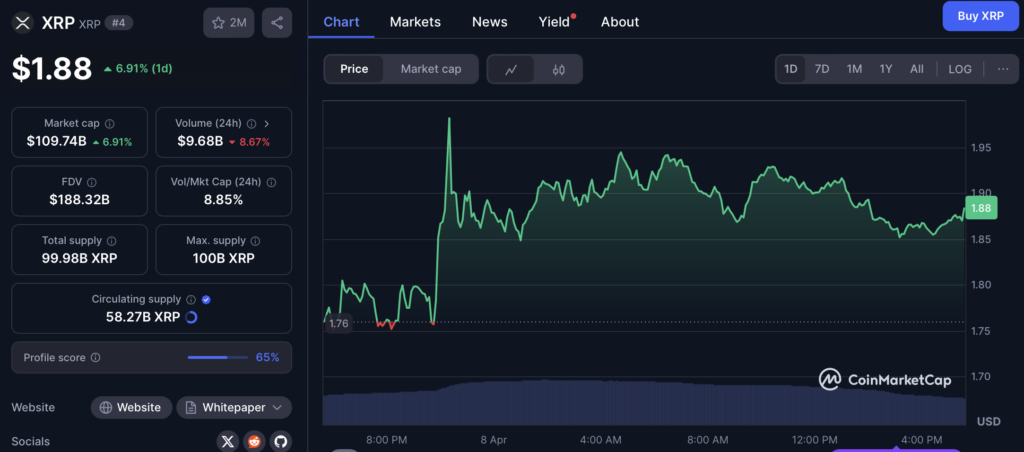
The BIS Blueprint — Already in Motion?
This dual structure actually mirrors what the Bank for International Settlements has been talking about: a two-tiered financial system. Institutions handle the macro layer, while the public transacts at the micro level — both powered by complementary digital assets.
It’s kind of brilliant.
XRP introduces the money into the system, pumping it across borders and into decentralized networks. XLM then handles the local side — everyday use, direct transfers, access for the unbanked.
Aljarrah describes it as a loop that never ends: XRP pushes, XLM pulls. A cycle of flow and utility.
And it’s not just practical. It fits the bigger vision — a financial future that’s open, fast, and global, but also grounded in real-world accessibility.
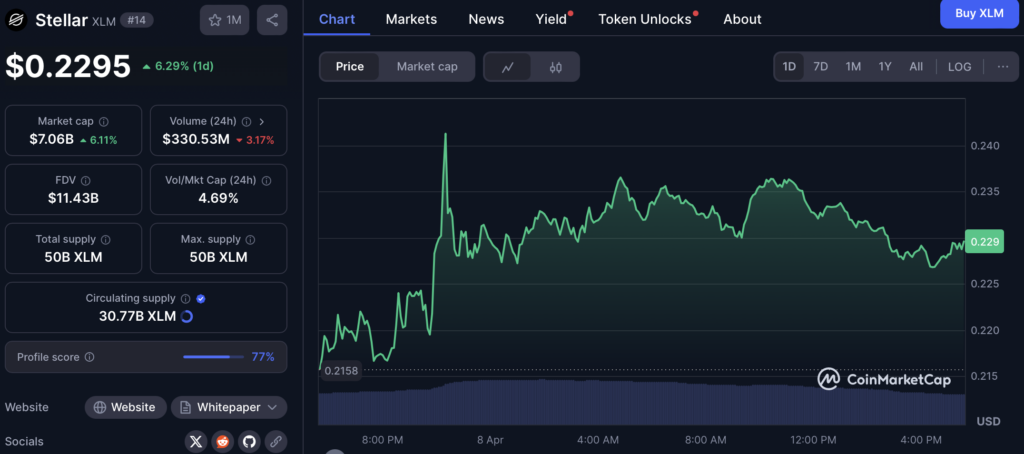
Enter RLUSD: Ripple’s Next Move
Now, with Ripple launching RLUSD, their own USD-backed stablecoin, the picture gets even clearer.
RLUSD isn’t just another stablecoin. It’s Ripple’s bridge between fiat and the digital future. It’s fully backed, regulatory-minded, and designed for use in traditional markets and DeFi ecosystems.
And what’s behind it? XRP, of course — still providing the underlying liquidity. That stable foundation is what makes RLUSD capable of real cross-border use, especially at institutional scale.
It’s another step toward normalizing tokenized currencies while tackling the regulation issue head-on.
Final Thought
At the surface level, XRP and XLM might seem like competitors. But dig a little deeper — and you’ll see they’re actually completing the same puzzle from different corners. XRP builds the foundation. XLM brings it to the street level.
Together, they may just be the rails of a financial system where no one’s left out.




